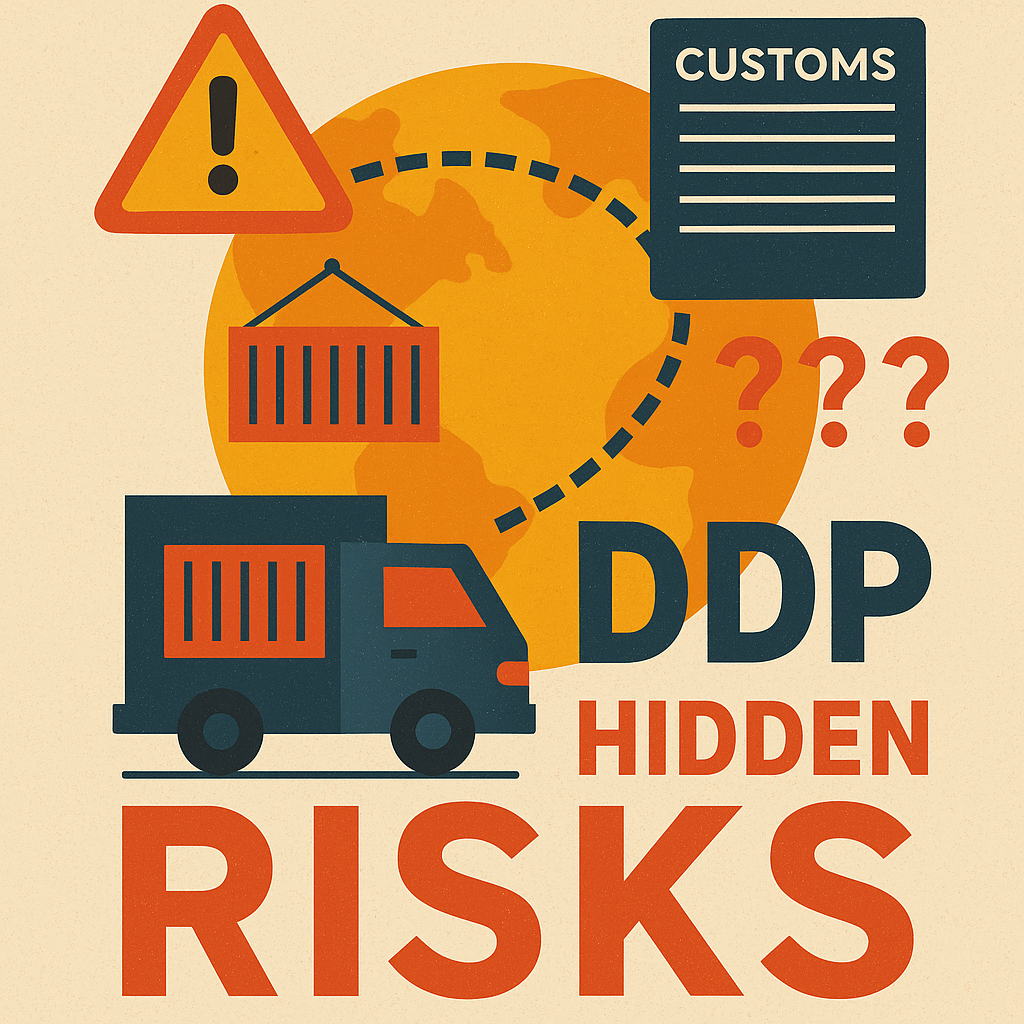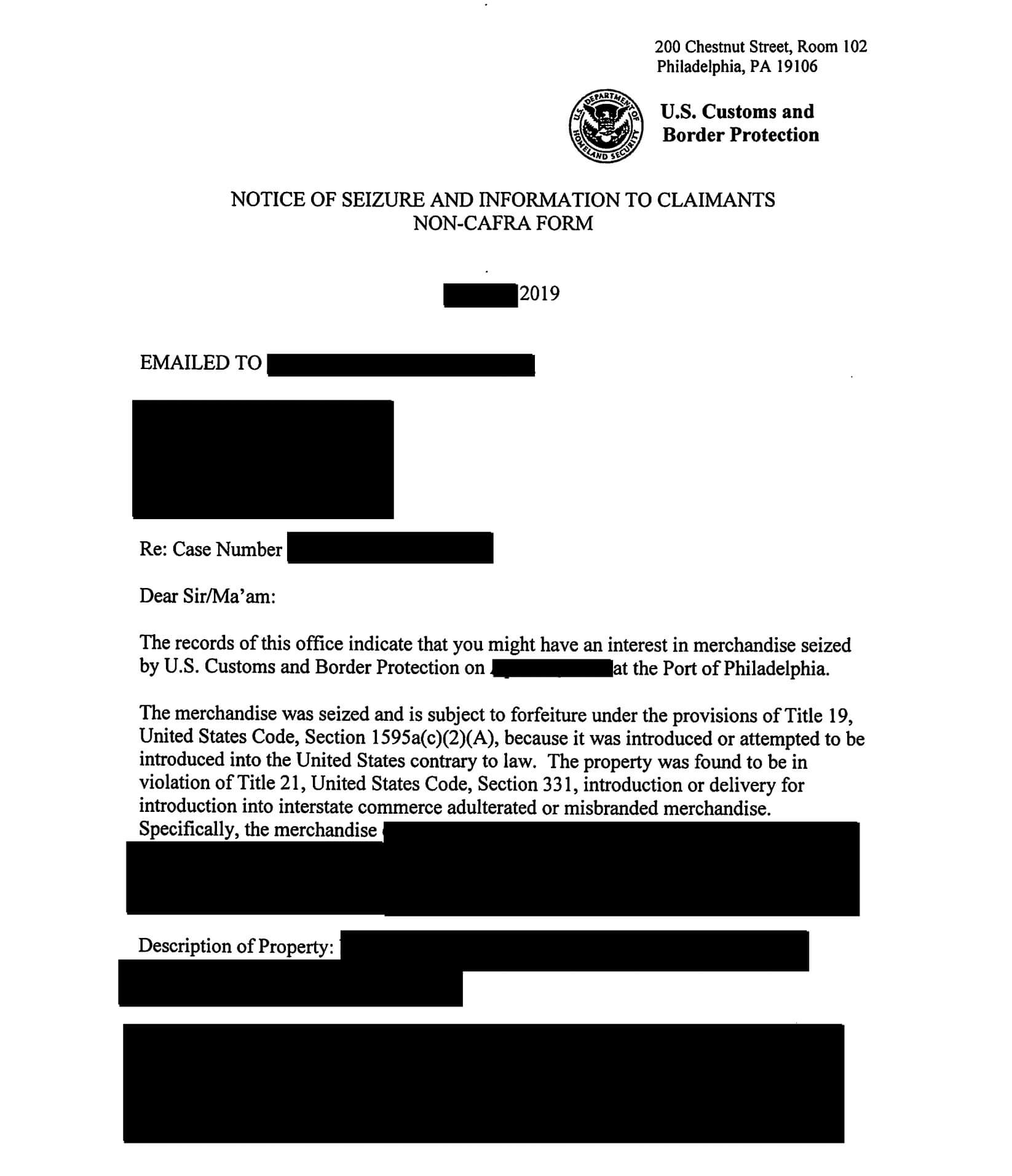As the medical device industry continues to grow globally, more companies are looking to import their products here.
The U.S. market is one of the largest in the world, with a high demand for advanced technology.
However, importing these products can be a complex process that requires careful planning. And obedience to strict regulations.
In this blog, we will provide an outline of the steps involved.
From understanding the regulatory landscape to navigating customs and FDA requirements, we’ll be your guide.
Let the journey begin!
Understanding Regulatory Landscape
There are two main agencies you want to keep happy.
- Food and Drug Administration (FDA)
- Customs and Border Protection (CBP)
Regulatory requirements will vary for your legally marketed device, so visit each of their websites for more detailed information.
Our focus will be on FDA guidelines but know that CBP also needs to be factored into your compliance.
Now that you know the players, let’s help you “play the game.”
Initial Importers of Medical Devices
As the initial importer, you should be aware that medical devices intended for sale face an entry review process.
And you want to get it right the first time. Because the old adage “time is money” applies.
We’ll touch on import entry forms in a bit, but here we simply want to give a broad overview.
Information to accelerate the import process:
- Country of Origin
- Product description
- HTS Code
- Importation product code
- Affirmation of Compliance Codes
“Product of” and “Made in” labels are the two most common types when determining country of origin. There is a distinction worth noting for medical device imports.
“Product of”
All materials and labor used to produce such devices came from the listed country.
“Made in”
Assembled or completed in the listed country. But some of the material or labor may have been from elsewhere in the world.
Do I Need a Medical Device Import License?
When you import medical devices, these FDA-regulated products don’t require a license. But hold off on jumping for joy.
Establishment registration is still necessary.
Your place in the manufacturing process will determine if the finished device requires this step.
Domestic entities:
- Contract sterilizer
- Specification developer
- Repackager
- Manufacturer
Non-U.S. entities:
- Foreign manufacturer
- Component manufacturer
Beyond having the FDA verify registration, you must obtain a customs bond. They are either continuous or single-entry.
Next, we’ll zero in closer on the specifics of your medical device import process.
FDA Requirements
Playing a major role, the FDA’s import screening process requires organization from you. There are valuable reasons for giving it your full attention.
Two to be exact.
Aim to please so you can expedite initial screening measures. And reach the ultimate consumer sooner.
FDA regulations:
- Labeling requirements
- Premarket notification
- Medical device tracking
- Medical device reporting
Imported medical devices must have labels stating how they’ll be used. And include any warnings. This is for the safety of end-users, such as medical professionals.
Premarket approval is required before Americans can use healthcare products from a foreign manufacturer. Have extra copies of this confirmation easily accessible at your FDA review.
As it travels from the device manufacturer to the hospital or medical clinic, certain products must be physically followed.
Including:
- Class II devices
- Class III devices
Adverse event reporting is expected. An example would be a serious injury sustained while operating or using it.
How To Handle An FDA Customs Hold
Make sure to provide accurate and complete information during the FDA entry review. If you don’t, expect a delay in the customs clearance process.
Unapproved devices will face a hold. Delaying final delivery to your buyer.
Moving on, it’s time to draw out the differences between classes.
How To Determine Medical Device Classification
An ability to differentiate among three types is key to successfully importing medical devices.
It may steer you towards a certain product line that you hadn’t thought of before.
So let’s break them down a bit.
Class I – General Control
Bandages and gloves fall under this first class. The most basic, they don’t extend life or prevent injuries.
Expect the least amount of FDA regulations for Class I devices. If their naming meets the proper guidelines, importation should be achievable.
Class II – General Control With Special Control
Medical devices imported under this category face greater regulatory approvals. Because one defective product can injure a patient.
With overall trust in healthcare being low at present, greater scrutiny is warranted.
After all, rural hospitals might not recover from a lawsuit. And with some closing their doors during COVID, our system can’t afford to lose more.
Examples:
- Blood transfusion kits
- Wheelchairs
- Contact lenses
Class III – General Control And Premarket Approval
The main goal of these medical devices is to extend life and prevent injuries.
Examples:
- HIV diagnostic tests
- Pacemakers
- High-frequency ventilators
Premarket notification is required for these products. As you can surely guess, in their case, FDA laws are strongest.
Keep reading for some final notes on foreign manufacturers.
Foreign Manufacturers of Medical Devices
Working with a foreign manufacturer, there may be barriers to receiving the finished medical device.
But they may only be temporary ones. Or smaller than you realize.
A customs broker will make you aware if an import alert is out on it. They also can help you meet FDA regulatory requirements.
Importing Medical Devices From China
Back in 2020, we saw deteriorating relations with the Chinese Community Party (CCP).
One result was Section 301 tariffs. Which peaked at 25%.
This hindered the import process of most medical devices from that nation. And purposefully.
But under the current White House, China’s influence has made an impact. As a top exporter of medical technology and machinery, they are surely excited about the shift.
However, don’t assume everything will be smooth. Consult with a legal professional for absolute peace of mind.
To conclude, we want to make your medical device affirmation easier.
Reidel Law Firm Assisting Customs Compliance
You probably don’t have time to decipher the “legalese” around bringing medical devices across the border.
Naturally, this is an assumption. But it’s based on discussions with our customers.
We can help you handle the legal aspects of any import issues. It is our specialty after all.
Plus, it removes the need for any sort of course on these topics.
Our international trade law division also supports:
- Export Compliance
- Litigation before the Court of International Trade (Section 337, anti-dumping/countervailing, and other trade-related cases)
- Trade Compliance Audits and Training
Reach out to see how we can help your supply chain run smoothly!





